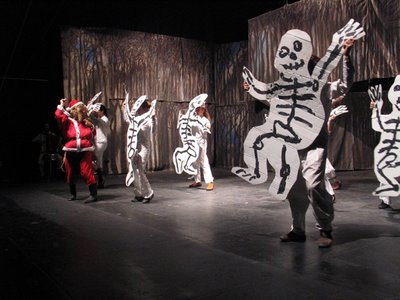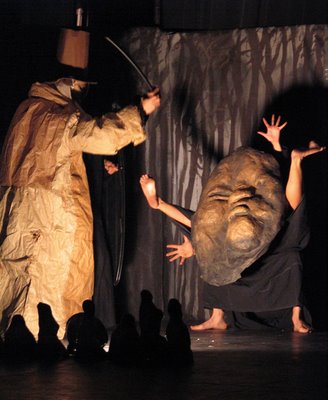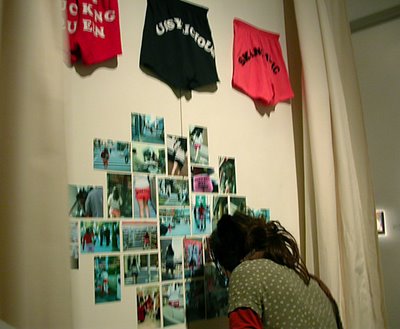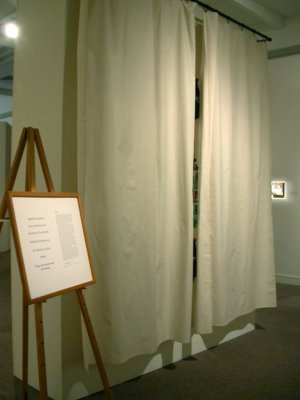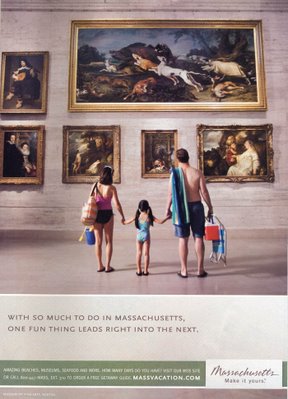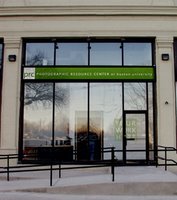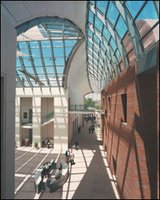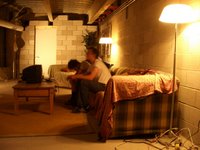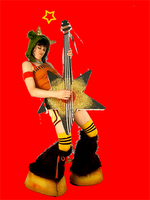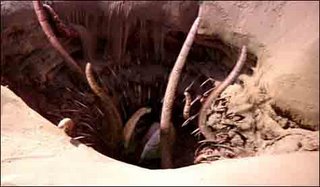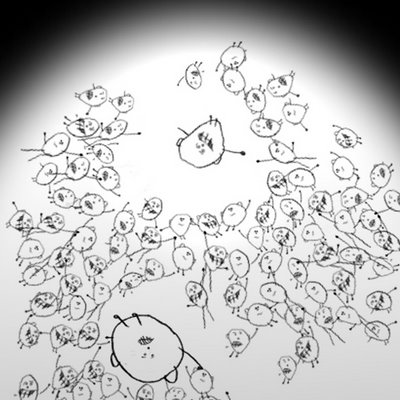Reading: Creating a scene
In 2004, the wise folks of the AS220 StinkTank in Providence put their minds together to think about what can be done to foment an artistically vital city. The result was their sharp essay "Compost and the Arts: How to keep the arts from dying of old age." You should read the whole thing. But this excerpt describes what they found to be the key building blocks of a thriving art scene:
It is possible to promote the creation of the kind of fruitful mess we describe here, but it's important to understand the phenomenon. According to our experience, these are some of the important components of the kind of mess out of which grows exciting and interesting art:Read the entire brilliant essay here.
- First and foremost, artists need inexpensive space in which to live and work. But space needs encompass more than that. Fort Thunder was a magnet not only because artists lived there, but because they could perform or exhibit there. It's important to have space in which to show work, whether it be the kind that hangs on the wall, or the kind that you perform. Our experience has also shown that the ease of making arrangements is an important part of the success of venues like these; spaces that are easy to use are spaces that are frequently used.
- We've also seen that another kind of space, shared resource space, has been consistently productive. Shep Fairey's studio was a place where many people could learn to make silkscreens, and use them to print posters, T-shirts and stickers. Fairey has moved away, but his real legacy may be the popularity of silkscreening in Providence, and the number of people his work inspired. AS220 has cooperative darkrooms and a print shop, and we've observed the same thing: people teaching one another, and using the shops as a focal point for joint work.
- The front window of AS220 is always covered with posters about events on its schedule and about other events around town. That is, AS220, for example, is a place to share information through old-fashioned means—posters, flyers, stacks of handbills near the cafe bar, and the people sitting around in the cafe—as well as the newfangled electronic email listservs and web pages. Posters are often seen as the enemy of tidy streets and shop windows, but they are also a way that words gets out: a facilitator of ferment.
- Community is important. Finding kindred souls with whom to talk, collaborate or find inspiration is an important part of most artists' lives. Again, places to get together and find that common ground are crucial.
There are straightforward ways to promote all of these, and they need not be expensive, though most require a public commitment of some kinds of resources. For example, promoting the exchange of information can be as complex as setting up internet resources, or as simple as enlisting BID (Business Improvement District) workers to promote hanging posters, or at least not tear them down. Promoting space could mean finding and rehabilitating buildings, but it can also mean maintaining lists of available properties and interested landlords, and helping expedite code variances. Promoting community could mean establishing an arts center, or it could mean getting artists together for joint "gallery nights," as has been done in Providence.
The result of policies like this will be ferment. Not all of what grows out of it will be great art, but experience shows that with enough ferment, some will.






